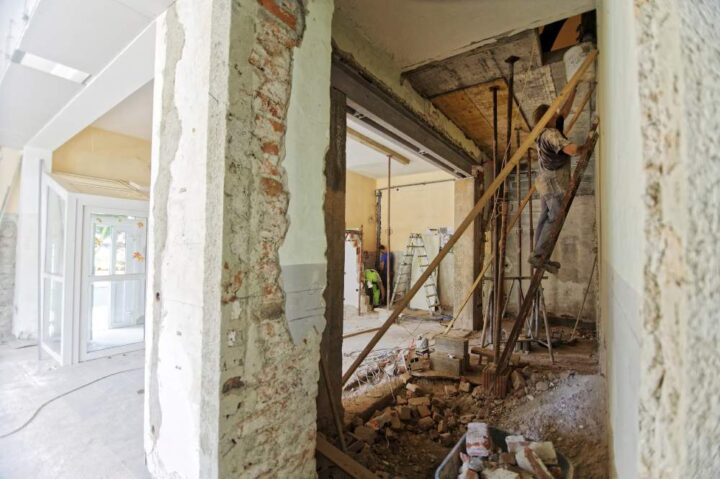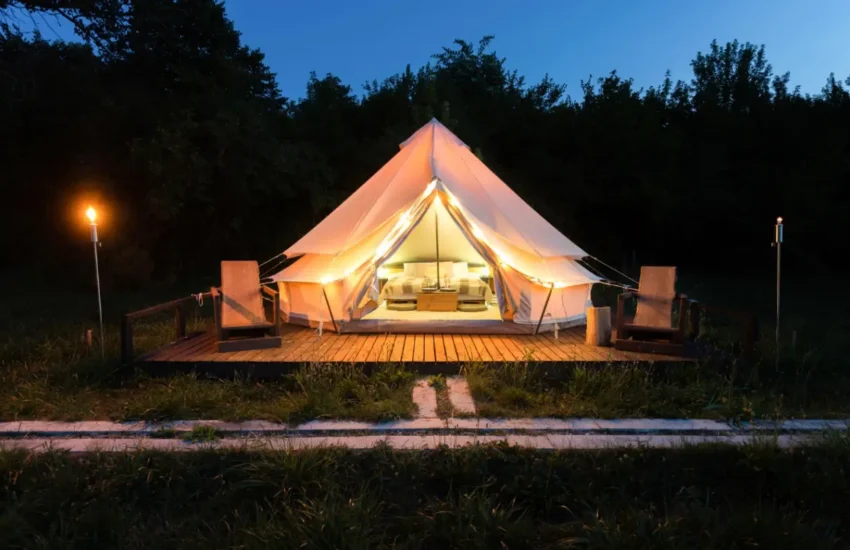6 Home Remodel Ideas for Seniors
Creating a safe and comfortable living environment becomes increasingly important as we age. One of the most impactful home modifications for seniors is installing a walk-in tub with shower combination. T
hese specialized fixtures offer the best of both worlds – the therapeutic benefits of a deep-soaking tub and the convenience of a shower, all with enhanced safety features. Modern walk-in tubs include low-threshold doors, built-in seating, non-slip surfaces, and handheld shower attachments, making bathing both safer and more enjoyable for older adults.
Beyond just renovations

Beyond the bathroom, kitchen renovations can significantly improve daily life for seniors. Lowering countertop heights and installing pullout shelving can reduce strain on backs and joints. Replacing traditional cabinet hardware with easy-grip handles or touch-latch systems helps those with arthritis or limited hand strength.
Adding under-cabinet lighting brightens work surfaces, while raising dishwashers slightly off the floor minimizes the need to bend down. These thoughtful modifications maintain independence while cooking and cleaning.
Improving accessibility throughout the home often starts with doorways and transitions. Widening doorways to accommodate walkers or wheelchairs (typically to 36 inches) creates better flow between rooms.
Removing or reducing the height of thresholds between different flooring materials prevents tripping hazards. Installing pocket doors or swing-clear hinges can maximize space and make navigation easier, especially in smaller homes where traditional swing doors might create obstacles.
Lighting plays a crucial role in senior safety and comfort. Adding motion-sensor lights in hallways, bathrooms, and outdoor paths reduces fall risks during nighttime trips.
Increasing natural light through larger windows or skylights not only brightens spaces but can improve mood and regulate sleep patterns. Installing rocker-style light switches at accessible heights and placing them at room entrances ensures seniors can always illuminate their path before entering a space.
Creating a more accessible outdoor space allows seniors to maintain their connection with nature and continue enjoying outdoor activities. Building gently sloped walkways instead of steps, installing sturdy handrails, and ensuring proper drainage prevents slipping hazards.
Raised garden beds bring plants to a comfortable working height, while seated areas with weather protection encourage outdoor relaxation. Motion-activated security lights and easy-to-use door locks enhance safety without compromising independence.
Smart home technology represents the newest frontier in senior-friendly home modifications. Voice-controlled systems can manage lighting, temperature, and security with simple commands. Video doorbells allow seniors to screen visitors without approaching the door, while automated medication reminders help maintain important healthcare routines.
Smart sensors can detect falls or unusual patterns in daily activities, automatically alerting family members or emergency services when needed. These technological upgrades provide peace of mind for both seniors and their loved ones while preserving dignity and independence.
When planning senior-focused renovations, it’s essential to work with contractors who understand universal design principles and have experience with aging-in-place modifications.
Many certified aging-in-place specialists (CAPS) can provide valuable insights into which improvements will offer the most benefit for individual situations. They can also ensure all modifications meet current safety standards and building codes while maintaining the home’s aesthetic appeal.
While some modifications may require significant investment, many improvements can be made incrementally as needs change. Starting with the most critical safety upgrades, like bathroom modifications and improved lighting, creates a foundation for future enhancements.
Many communities offer programs or financial assistance for senior home modifications, and some improvements may qualify for tax deductions or credits.
The goal of senior-friendly home remodeling isn’t just to make spaces safer – it’s to create an environment where older adults can maintain their independence and quality of life.
Whether it’s the peace of mind that comes from a secure walk-in tub, the convenience of accessible kitchen storage, or the comfort of well-lit spaces, these modifications help seniors continue enjoying their homes for years to come. As our population ages, incorporating these design elements becomes increasingly important, not just for current needs but for future accessibility as well.
By focusing on these key areas – bathroom safety, kitchen accessibility, doorway modifications, improved lighting, outdoor spaces, and smart technology – homeowners can create spaces that adapt to changing needs while maintaining style and comfort.
The best modifications are those that seamlessly integrate into the home’s existing design while providing the necessary support and safety features that allow seniors to age in place with confidence and dignity.
When undertaking home modifications for seniors, it’s vital to consider not just the immediate needs but also potential future requirements
A forward-thinking approach to remodeling can save both time and money by preventing the need for additional renovations as mobility or health needs change. For example, installing blocking in bathroom walls during a current renovation makes it easier to add grab bars later without requiring additional construction.
Cost considerations should also factor into planning. While some modifications, like a walk-in tub or whole-house smart system, represent significant investments, others can be quite affordable.
Simple changes like adding lever-style door handles, improving lighting, or installing handheld showerheads can make a meaningful difference without breaking the bank. Working with an experienced contractor or aging-in-place specialist can help prioritize modifications based on both budget and needs.
Conclusion
Remember that the ultimate goal of any senior-focused renovation is to create a space that supports independence, safety, and quality of life while maintaining the comfort and familiarity of home. The best modifications are those that feel natural and intuitive while providing the necessary support for aging in place.


